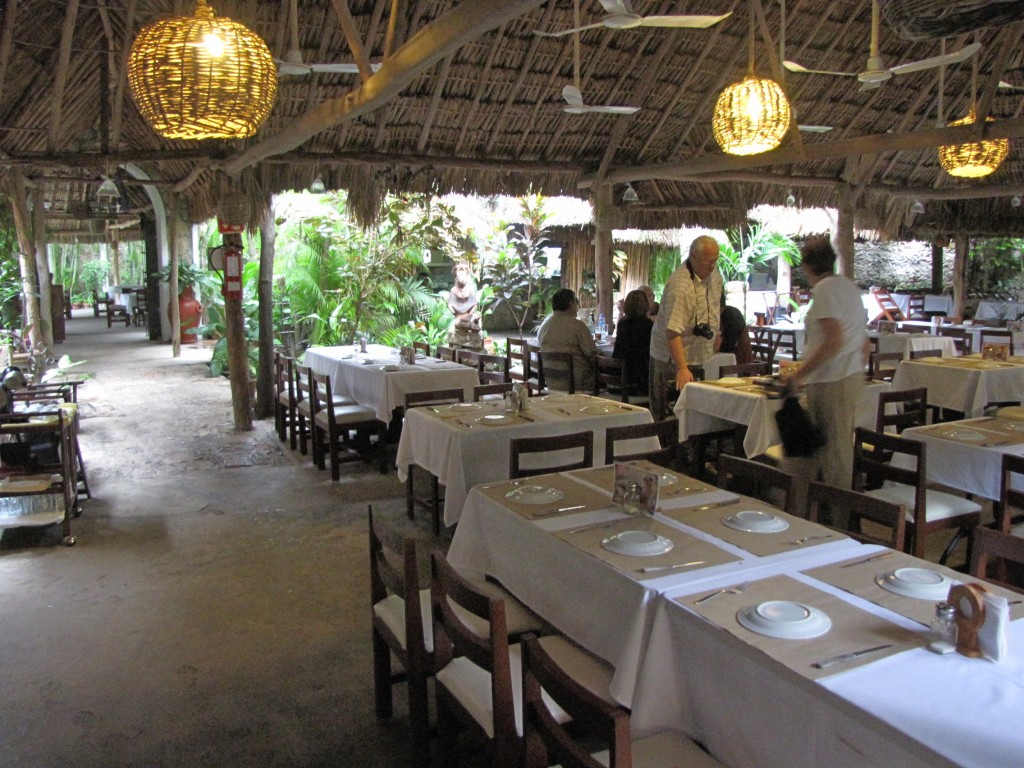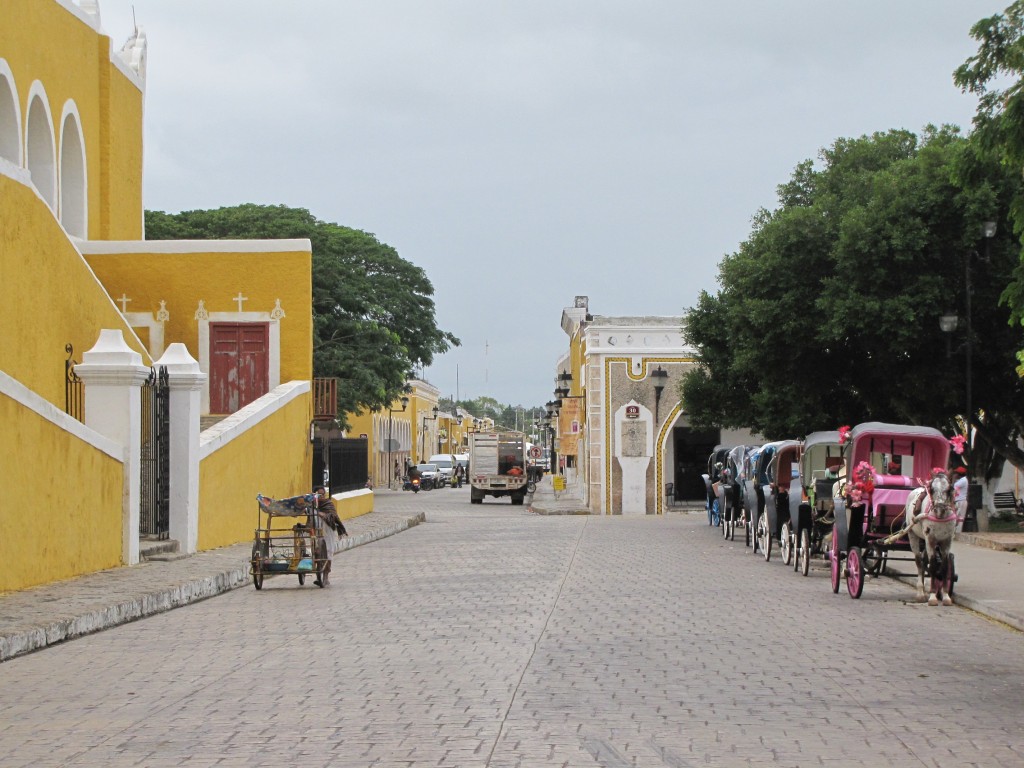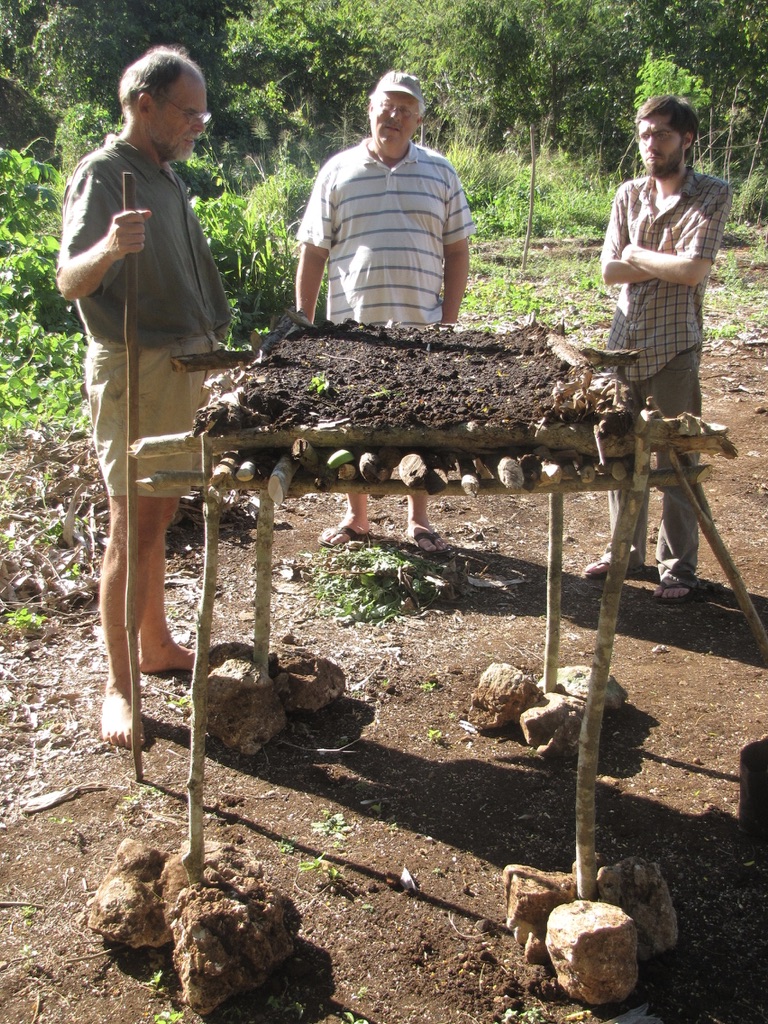
An Italian straw hat from my collection (which is sadly too small for me to wear).
An article about Dr Suess and his hats has me fondly remembering an apparently formative fascination which has grown out of the Good Doctor’s famous children’s book The Cat in the Hat, (El Gato Ensombrerado). ¶ The article mentions a show of his hats which will be touring the country. Oh, how I hope it comes to Buffalo! (The clickable link above should transport you directly to NYTimes, without requiring registration or costing your account; but for those who don’t want to expend a precious credit to read it, may I suggest simply turning on Private Browsing? The airways and the internet are, and should remain, free.)

If that link no longer works, you might enjoy this excerpt, from a short story:
[. . .] Twelve new hats joined the repertoire, including a beret, a bandanna, a small straw hat, and a sombrero.
Naturally, we were a little alarmed. Perelmann’s son’s evenings, the graduate student reported, were now mere blurs of hat transitions. Nothing stayed on his head for long. But reality, we assumed, would sooner or later impose a limit on his mania. There are only so many kinds of hats, just as there are only so many relations that can possibly obtain between a father and a son. In due course Perelmann’s son would run out of either hats or relations, we thought—probably hats—and thereafter he would return to reason.
But soon there were relations we had never considered, hats we’d never heard of. He was Perelmann’s old-Jewish-joke repository, Perelmann’s voice impersonator, Perelmann’s sweater wearer, the last living practitioner of Perelmann’s skiing technique, Perelmann’s surpasser, Perelmann’s victim. He wore an eighteenth-century tricorne, a deerstalker, a round Hasidic kolpik, an Afghan pakol with a peacock feather tucked into its folds.
By the end of the fall semester we knew something had to be done. The explosion of hats and relations had not abated. Left alone, we realized, Perelmann’s son would partition his relationship with his father ad infinitum, and for each infinitesimal slice of relationship he would purchase a hat. Ultimately, he would turn his relationship with his father—by nature, one simple thing—into something infinitely complex, and his hat collection would, correspondingly, grow without bound, and he would wind up destroying himself. His analytical tendency, along with the huge hat collection that resulted from it, would obliterate him.
So, one morning, in an attempt to save Perelmann’s son from himself, a group of graduate students and junior faculty members slipped, with the department chair’s blessing, into his apartment. (He was at a Perelmann conference.) We gathered all the hats and put them in garbage bags—a hundred and twenty-eight hats in twelve garbage bags—and got them out of there.
But in our hearts we must have known that we were treating the symptom, not the cause. Yesterday, according to our informant, Perelmann’s son spent all day and all night in a ten-gallon hat of thus far unknown paternal associations. SOURCE: NewYorker Magazine.
 PAMELA is a very handsome woman; and she’s got stamina! – going the six mile distance of the parade route. Some of her age-mates dance that distance! For a look at some of those dancers click HERE. ¶For some fun videos of Monday’s parade, including cultural dances – one couple wearing native vestido, huipile on STILTS! – visit my friend Hammockman’s blog, HERE. He’s done some good nighttime video, nicely edited. (*Fat Tuesday is perhaps a term only used in New Orleans. Mérida and New Orleans have some strong cultural ties, but I’m not sure if the locals translate this term directly, so I may be generating some cultural noise by using it. I’d love to learn the local term.)
PAMELA is a very handsome woman; and she’s got stamina! – going the six mile distance of the parade route. Some of her age-mates dance that distance! For a look at some of those dancers click HERE. ¶For some fun videos of Monday’s parade, including cultural dances – one couple wearing native vestido, huipile on STILTS! – visit my friend Hammockman’s blog, HERE. He’s done some good nighttime video, nicely edited. (*Fat Tuesday is perhaps a term only used in New Orleans. Mérida and New Orleans have some strong cultural ties, but I’m not sure if the locals translate this term directly, so I may be generating some cultural noise by using it. I’d love to learn the local term.)









